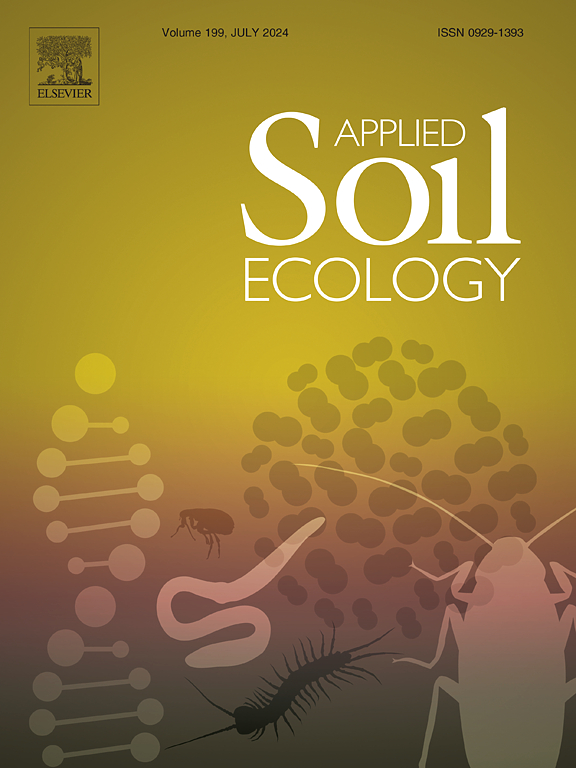Compost and vermicompost improve symbiotic nitrogen fixation, physiology and yield of the Rhizobium-legume symbiosis: A systematic review
IF 4.8
2区 农林科学
Q1 SOIL SCIENCE
引用次数: 0
Abstract
Compost and vermicompost are valuable sources of organic matter, nutrients and beneficial microorganisms for plants. Both improve the physical and chemical properties of soil and stimulate its biological processes, such as beneficial interactions between soil microorganisms and plants. One example is the symbiosis between legumes and rhizobia. A systematic review of the existing scientific literature was conducted to assess the effects of compost and vermicompost on symbiotic nitrogen fixation. The collected information and data were subsequently used for scientometrics and meta-analysis. Variance, effect size and percentage change from a control without compost or vermicompost were analysed. The scientometrics analysis revealed promising research areas including, the study of the effects of compost and vermicompost combined with rhizobia on plant physiology, nitrogen fixation, soil quality, economic benefits, microbial diversity and salinity stress. The combined use of compost and biochar emerged as the most recent research trend. Other relevant topics included the economic benefits, and environmental sustainability impacts of compost and legumes for improving soil quality and nitrogen availability. The meta-analysis showed that compost application, on average, increased nodule number by 66 %, nodule fresh weight by 52 %, plant biomass by 48 %, plant height by 21 % and yield by 20 %. Vermicompost application led to greater values in these parameters. Some scientific gaps have been addressed as: i) the effectiveness of compost at inducing nodule formation when inoculated with microbial inoculants, considering the legume species and the edaphoclimatic conditions of the experiment, ii) the effects of biochar and compost on nodulation improvement in legumes, and iii) the effect of the chemical and biological characteristics of compost (or vermicompost), especially nitrogen content or raw nitrogen-fixing bacteria present in compost in the Rhizobium-legume symbiosis. All these results confirm that using compost or vermicompost in the cultivation of legume crops is a valuable approach to increase soil fertility, crop productivity and agricultural sustainability.

求助全文
约1分钟内获得全文
求助全文
来源期刊

Applied Soil Ecology
农林科学-土壤科学
CiteScore
9.70
自引率
4.20%
发文量
363
审稿时长
5.3 months
期刊介绍:
Applied Soil Ecology addresses the role of soil organisms and their interactions in relation to: sustainability and productivity, nutrient cycling and other soil processes, the maintenance of soil functions, the impact of human activities on soil ecosystems and bio(techno)logical control of soil-inhabiting pests, diseases and weeds.
 求助内容:
求助内容: 应助结果提醒方式:
应助结果提醒方式:


